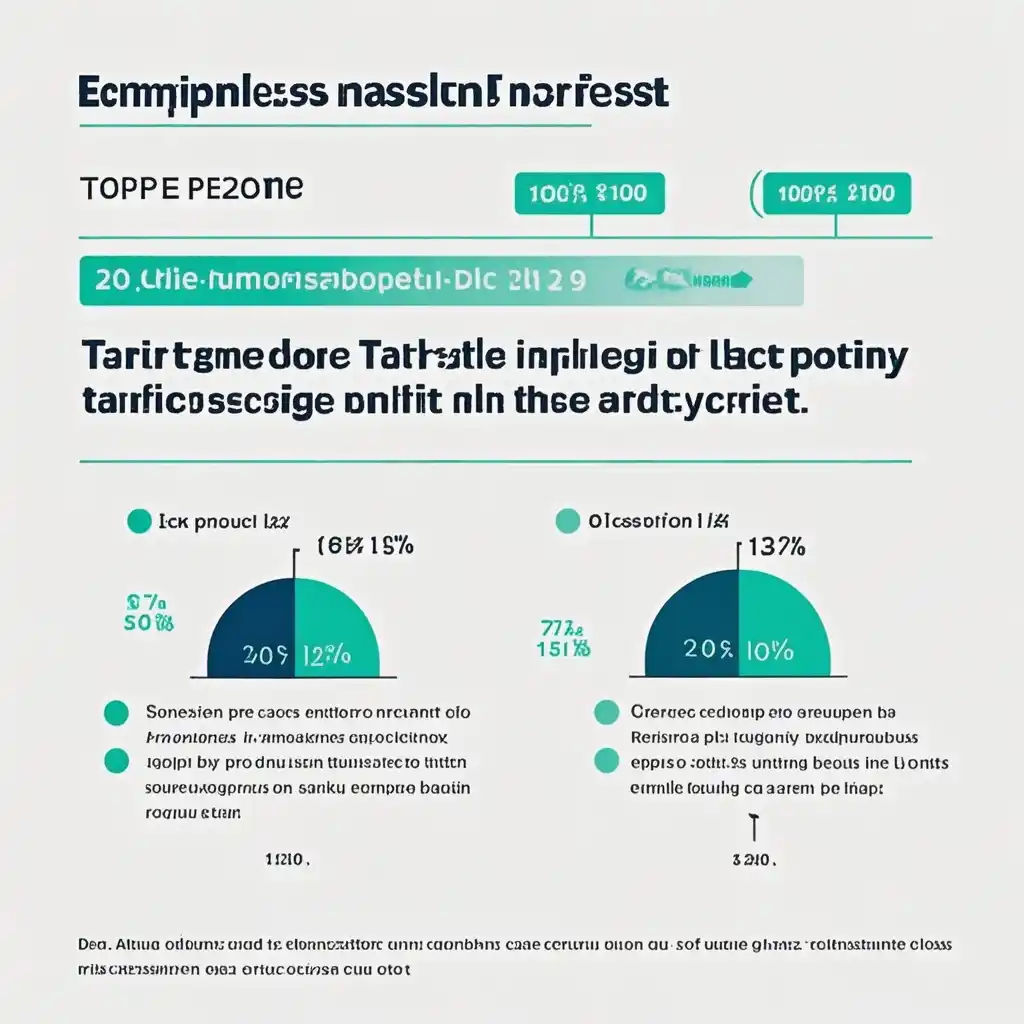

Tariff - Induced Price Hikes and Cross - Border E - commerce Enterprises' Profits
1. Background In recent years, the global trade environment has witnessed significant changes, with tariffs being one of the most impactful factors. Tariffs are essentially taxes imposed on imported goods. When tariffs increase, they directly lead to higher producer prices for cross - border e - commerce enterprises. For example, in some industries, a 10% - 20% tariff increase has been observed. This means that for a product originally costing $100 to import, the cost could now be $110 - $120 just due to tariffs. Cross - border e - commerce enterprises operate in a highly competitive and cost - sensitive market. They rely on sourcing products from various countries to offer a diverse range of goods to consumers. The imposition of tariffs disrupts their cost structure. These enterprises often have to deal with multiple suppliers across different regions, and the tariff hikes can affect different product lines differently.
2. Price Influence on Profits 2.1 Cost - Pass - Through and Its Limitations One way cross - border e - commerce enterprises might respond to tariff - induced price hikes is by passing on the increased costs to consumers. However, this is not always straightforward. If the price elasticity of demand for their products is high, meaning consumers are very sensitive to price changes, a significant price increase could lead to a substantial drop in sales volume. For instance, in the case of consumer electronics in the cross - border e - commerce market, research shows that for every 5% increase in price, the sales volume could decrease by 8% - 10%. 2.2 Margin Compression If enterprises cannot fully pass on the cost increases, their profit margins will be compressed. Let's assume an e - commerce enterprise has a profit margin of 15% on a particular product line before the tariff hike. After a 15% increase in the cost due to tariffs, and if they can only pass on 10% of the cost increase to consumers, their new profit margin could drop to 10% or even lower, depending on other associated costs such as marketing and logistics. 2.3 Impact on Market Share Competitors also play a crucial role. If some cross - border e - commerce enterprises choose to absorb more of the cost increase to maintain their market share, while others pass on the full cost to consumers, it could lead to a shift in market share. A study in the fashion cross - border e - commerce sector found that when tariffs were imposed on imported clothing, enterprises that were more aggressive in controlling prices saw their market share increase by 3% - 5% over competitors who raised prices significantly.
3. Strategies for Cross - Border E - commerce Enterprises 3.1 Supplier Diversification To mitigate the impact of tariff - induced price hikes, enterprises can diversify their suppliers. Instead of relying solely on suppliers from countries with high tariffs, they can seek alternative suppliers from regions with more favorable trade agreements or lower tariffs. For example, some e - commerce companies that used to source a large portion of their products from Country A, which recently imposed high tariffs, have started to explore suppliers in Country B and Country C. By doing so, they can potentially reduce the overall cost impact of tariffs. 3.2 Product Portfolio Optimization Enterprises can also optimize their product portfolios. They can focus on products with lower tariff sensitivities or higher profit margins. For instance, if a certain category of beauty products has a relatively stable demand and is less affected by tariffs compared to other product categories, e - commerce enterprises can increase their focus on promoting and selling these products. This way, they can maintain or even improve their overall profitability. 3.3 Value - Added Services Another strategy is to offer more value - added services. Instead of competing solely on price, cross - border e - commerce enterprises can differentiate themselves by providing better customer service, faster delivery, or personalized shopping experiences. A survey showed that consumers are willing to pay a premium of up to 10% for e - commerce services that offer same - day delivery. By providing such value - added services, enterprises can potentially offset some of the negative impacts of tariff - induced price hikes on their profits.
4. Summary Tariff - induced price hikes pose significant challenges to the profits of cross - border e - commerce enterprises. The complex interplay between cost - pass - through, profit margin compression, and market share dynamics makes it a difficult situation to navigate. However, by implementing strategies such as supplier diversification, product portfolio optimization, and offering value - added services, these enterprises can better position themselves to withstand the negative impacts. It is essential for cross - border e - commerce enterprises to continuously monitor the trade environment, adapt their strategies accordingly, and strive to find a balance between maintaining profitability and satisfying consumer demands in the face of tariff - related challenges.